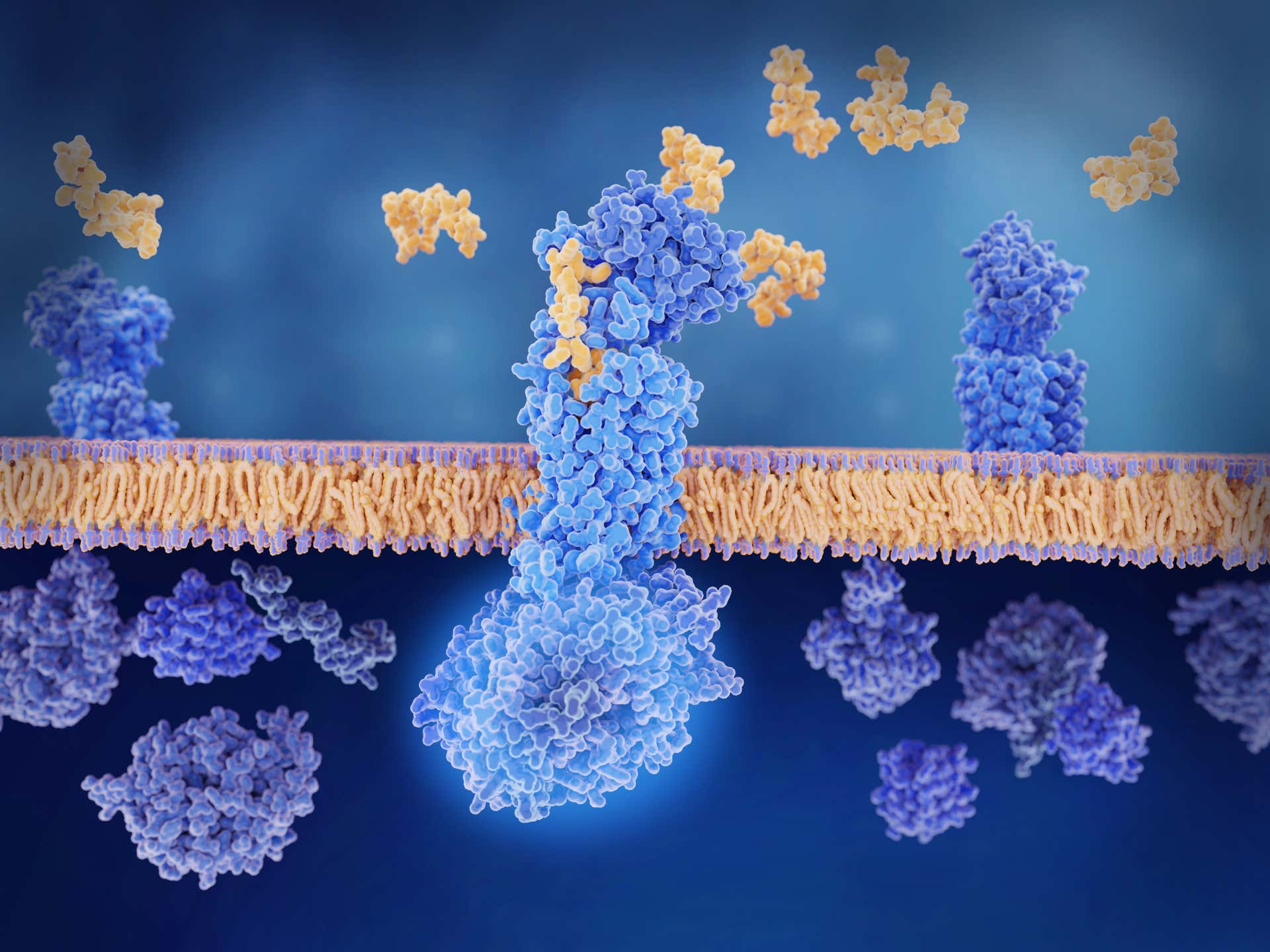
Membrane protein interactions


Membrane protein interactions are crucial to a multitude of biological processes including:
![[Membrane Protein Interactions-img.png] Membrane Protein Interactions-img.png](https://dam.malvernpanalytical.com/cb6dfcaf-4547-4075-a4b8-b36300623c81/Membrane%20Protein%20Interactions-img_Original%20file.png)
Membrane protein interactions have significant impacts on health and disease and are key pharmaceutical drug targets.
Around 30% of all prescription pharmaceuticals on the market target G protein-coupled receptors (GPCRs). Because of their cellular function, they are interesting drug targets. However, their complex structure and hydrophobic areas make that they are also notoriously hard to study.
WAVEsystem is a cutting-edge device which facilitates the study of biomolecular interactions between membrane proteins and proteins, small molecules or fragments. These interactions are notoriously difficult to analyze due to the instability of the membrane proteins outside of their native cell membrane environments.
WAVEsystem utilizes Grating Coupled Interferometry (GCI) technology, a highly sensitive, label-free technique that enables real-time monitoring of molecular interactions, including binding kinetics and affinities.
Also supported by:

The binding affinity and interaction kinetics of membrane proteins – particularly GPCRs are notoriously difficult to study. When GPCRs are extracted from a cell membrane, their high hydrophobicity leads to rapid disassembly, rendering the sample useless for analysis.
When removed from their native environment, GPCRs deteriorate quickly – WAVEsystem, WAVEchips and waveRAPID provide a triple solution.
Assays can be rapidly optimized with WAVEsystem to select the optimal protein construct.
Crude sample compatibility saving time with less purification steps.
Screening can be done in hours rather than days with waveRAPID.

